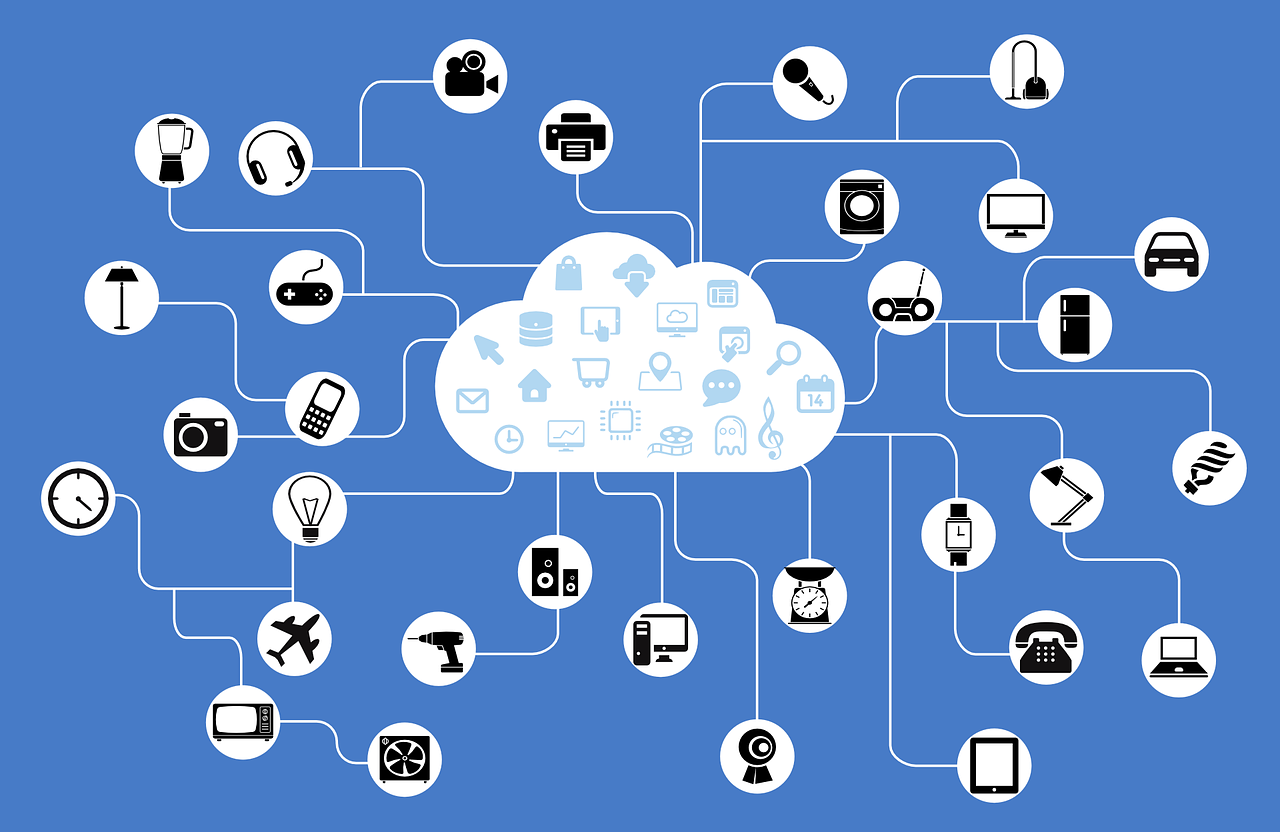Part 1: The Foundations and Impact of IoT
In today’s rapidly evolving technological landscape, the Internet of Things (IoT) stands out as a transformative force that is reshaping every aspect of our lives. From smart homes that anticipate our needs to industrial machinery that communicates seamlessly to optimize production, IoT is revolutionizing the way we live, work, and interact with the world around us. But what exactly is IoT, and why does it hold such profound potential?
Understanding IoT and Its Significance
The Internet of Things refers to a vast network of physical devices embedded with sensors, software, and connectivity capabilities that enable them to collect and exchange data. These “things” range from everyday objects like refrigerators and thermostats to sophisticated industrial equipment and entire city infrastructures. By linking these devices through the internet, IoT allows for real-time communication, automation, and smarter decision-making.
This connectivity offers a staggering array of benefits: enhanced convenience, improved efficiency, reduced costs, and even new business models. Imagine your home adjusting the temperature before you arrive, or your car notifying you about maintenance needs before a breakdown occurs. These examples illustrate how IoT is not just futuristic; it’s already becoming an integral part of our daily routine.
The Evolution of IoT: Past, Present, and Future
The concept of connected devices dates back decades, but only recently have advances in wireless communication, cloud computing, and data analytics made IoT feasible at scale. Early experiments focused on simple automation, but today’s IoT ecosystem leverages artificial intelligence and edge computing to process vast amounts of data locally, enabling rapid responses and smarter actions.
Looking forward, IoT is expected to expand exponentially, fueled by the rollout of 5G networks and the increasing affordability of sensors. Analysts predict billions of devices will be connected worldwide in the next few years, creating unprecedented opportunities and challenges.
How IoT Transforms Everyday Life
IoT’s most visible impact is in consumer technology. Smart homes equipped with connected lighting, security cameras, and voice assistants provide comfort and security while optimizing energy use. Wearable devices track health metrics, helping individuals manage wellness proactively. In healthcare, IoT-enabled devices monitor patients remotely, enhancing care and reducing hospital visits.
These innovations improve quality of life and empower users with data-driven insights. For example, smart refrigerators can track food expiration and suggest shopping lists, reducing waste and saving money. IoT devices turn passive appliances into interactive tools that adapt to our lifestyles.
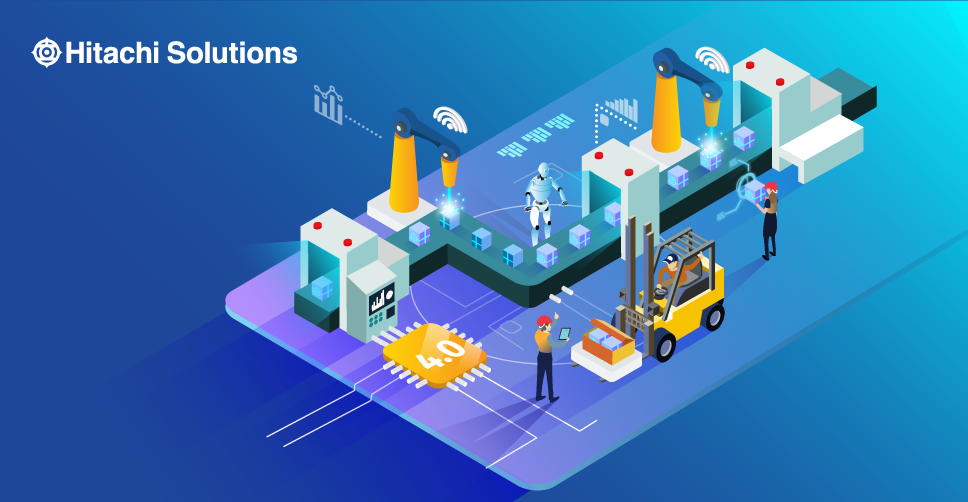
industrial-iot-benefits
Industrial IoT: Revolutionizing Manufacturing and Supply Chains
Beyond consumer applications, IoT is revolutionizing industry. Known as Industrial IoT (IIoT), this sector leverages sensors and connectivity to optimize production lines, predict equipment failures, and streamline logistics. Factories equipped with smart machinery can self-monitor, reducing downtime and maintenance costs.
Supply chains benefit from real-time tracking of goods, ensuring transparency and efficiency. This leads to faster deliveries and better inventory management. The integration of IoT with AI also enables predictive analytics, allowing companies to anticipate demand fluctuations and optimize resource allocation.
Smart Cities: Enhancing Urban Living and Sustainability
At a broader scale, IoT is a key enabler of smart cities, where connected infrastructure enhances urban life. Intelligent traffic management systems reduce congestion and pollution by adapting signals to real-time conditions. Smart grids optimize energy distribution, integrating renewable sources and improving reliability.
Public safety is enhanced through IoT-powered surveillance and emergency response systems. Additionally, IoT-driven environmental sensors monitor air quality and water resources, supporting sustainability goals and healthier communities.
This foundation sets the stage for exploring the technologies powering IoT, the challenges it faces, and the exciting future it promises. The journey into IoT’s world reveals a blend of innovation, connectivity, and practical benefits that will touch every facet of society.
Part 2: Key Technologies and Challenges in IoT
As IoT continues to reshape industries and lifestyles, its backbone lies in a set of core technologies and the ability to overcome significant challenges. Understanding these elements is crucial for appreciating how IoT delivers on its promise and what hurdles stand in the way of its broader adoption.
Core Technologies Driving IoT
IoT is a complex ecosystem combining various advanced technologies. Here are the pillars that make this interconnected world possible:
Sensors and Actuators
At the heart of every IoT device are sensors and actuators. Sensors detect physical parameters such as temperature, humidity, motion, and light, converting them into data. Actuators, in response, perform actions like adjusting valves or turning devices on or off based on processed information. The continuous improvement in sensor accuracy, miniaturization, and affordability fuels IoT expansion.
Connectivity and Networks
Reliable communication is vital. IoT devices rely on multiple connectivity options, including Wi-Fi, Bluetooth Low Energy (BLE), Zigbee, LPWAN (Low-Power Wide-Area Network), and emerging 5G technology. Each has its advantages depending on range, bandwidth, power consumption, and deployment environment. The rollout of 5G, with its high speed and low latency, is a game-changer, enabling real-time data transmission and more sophisticated applications.
Edge and Cloud Computing
IoT generates massive volumes of data. Processing all this data centrally in the cloud can cause latency and bandwidth bottlenecks. Edge computing addresses this by processing data closer to the source—on local devices or edge servers—allowing faster response times and reducing network strain. Cloud computing complements this by offering scalable storage and advanced analytics capabilities, including AI and machine learning.
Artificial Intelligence and Machine Learning
AI and ML empower IoT systems to interpret vast datasets, recognize patterns, and make intelligent decisions without human intervention. These technologies enable predictive maintenance, anomaly detection, and personalized user experiences. For example, AI-driven smart thermostats learn user behavior to optimize energy usage autonomously.
Security and Privacy Challenges in IoT
Despite its promise, IoT faces daunting security and privacy challenges. The very nature of connectivity exposes devices and networks to cyber threats.
Vulnerabilities in Devices and Networks
Many IoT devices have limited processing power, restricting their ability to implement strong security measures. This makes them targets for hackers seeking to exploit weak authentication, unencrypted communication, or outdated firmware. Compromised devices can become entry points for large-scale attacks, as seen in past IoT botnets.
Data Privacy Concerns
IoT devices often collect sensitive personal data. Without robust privacy policies and encryption, this data can be intercepted, misused, or sold without user consent. Regulations like GDPR are pushing manufacturers to enhance data protection, but consumer awareness remains critical.
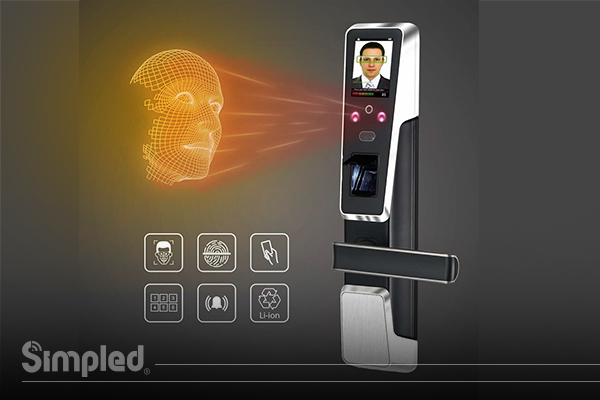
Smart Home Automation Explained
Strategies to Improve Security
Addressing these challenges requires a multi-layered approach:
-
Regular firmware updates and patch management
-
Strong encryption protocols
-
Device authentication and network segmentation
-
Continuous monitoring and anomaly detection
Manufacturers and users must collaborate to maintain a secure IoT environment.
Interoperability and Standardization Issues
The IoT market is fragmented, with many vendors offering proprietary platforms and protocols. This fragmentation hampers seamless integration and scalability.
Efforts are underway to establish universal standards, such as MQTT, CoAP, and Thread, facilitating device compatibility and data exchange. Industry alliances like the Open Connectivity Foundation (OCF) promote interoperability, but full standardization remains a work in progress.
Case Studies: Successful IoT Implementations
Several industries demonstrate IoT’s transformative power:
-
Manufacturing: General Electric uses IoT to monitor jet engine performance, predicting maintenance needs and avoiding costly failures.
-
Agriculture: Smart irrigation systems adapt water usage based on soil moisture data, conserving resources and improving yields.
-
Healthcare: Remote patient monitoring devices enable continuous health tracking, reducing hospital stays and enhancing patient outcomes.
-
Retail: Inventory management systems track products in real-time, optimizing stock levels and reducing waste.
The Role of 5G and Future Connectivity Advances
5G networks provide the speed, capacity, and low latency necessary for advanced IoT applications like autonomous vehicles and augmented reality. Beyond 5G, researchers explore 6G and satellite-based IoT connectivity, aiming for ubiquitous coverage, even in remote areas.
Part 3: Business Impact, Practical Implementation, and The Khafanus Insights
Transforming Business Models and Industries
IoT is not just a technological advancement; it is a catalyst for redefining entire business models across industries. From manufacturing to retail, healthcare to agriculture, IoT introduces new ways to create value, increase revenue, and enhance customer experiences.
Predictive Maintenance and Reduced Downtime
One of the most significant business advantages of IoT is predictive maintenance. By continuously monitoring equipment health, companies can predict failures before they occur, scheduling maintenance only when necessary. This reduces downtime, lowers maintenance costs, and prolongs equipment life.
Enhanced Customer Experiences
Retailers use IoT to personalize shopping by tracking customer preferences and behaviors. Smart shelves monitor inventory levels, automatically replenishing stock to meet demand without overstocking. In hospitality, connected devices customize room settings, providing a unique guest experience.
Data-Driven Decision Making
IoT provides businesses with real-time data streams enabling agile, informed decisions. Whether optimizing supply chains or managing energy consumption, IoT analytics reveal insights that drive efficiency and profitability.
Practical Steps to Implement IoT Solutions
Implementing IoT solutions successfully requires strategic planning and a clear understanding of organizational goals.
Assess Business Needs
Identify the specific problems IoT can solve or the opportunities it can unlock. Avoid adopting technology for its own sake; focus on value creation.
Choose the Right Devices and Platforms
Evaluate IoT devices and platforms based on compatibility, security features, scalability, and vendor support.
Develop a Security Framework
Implement robust security protocols from the outset to protect data integrity and privacy.
Pilot and Scale
Start with pilot projects to validate assumptions and demonstrate ROI. Use lessons learned to scale IoT deployments progressively.
Economic and Social Impacts of IoT
Beyond businesses, IoT influences economies and societies at large.
-
Economic Growth: IoT fosters innovation, creating new jobs and markets. It drives productivity gains that enhance GDP growth worldwide.
-
Environmental Benefits: Smart energy grids and efficient resource management contribute to sustainability and climate change mitigation.
-
Improved Quality of Life: IoT enables better healthcare, smarter cities, and safer environments, elevating living standards globally.
The Future of IoT: Trends to Watch
-
Edge AI: Integration of AI directly on IoT devices for faster, autonomous decision-making.
-
Blockchain for Security: Using decentralized ledgers to enhance data security and trust in IoT ecosystems.
-
Digital Twins: Virtual replicas of physical assets to simulate and optimize performance.
-
Sustainability Focus: IoT solutions targeting waste reduction, energy efficiency, and circular economy models.
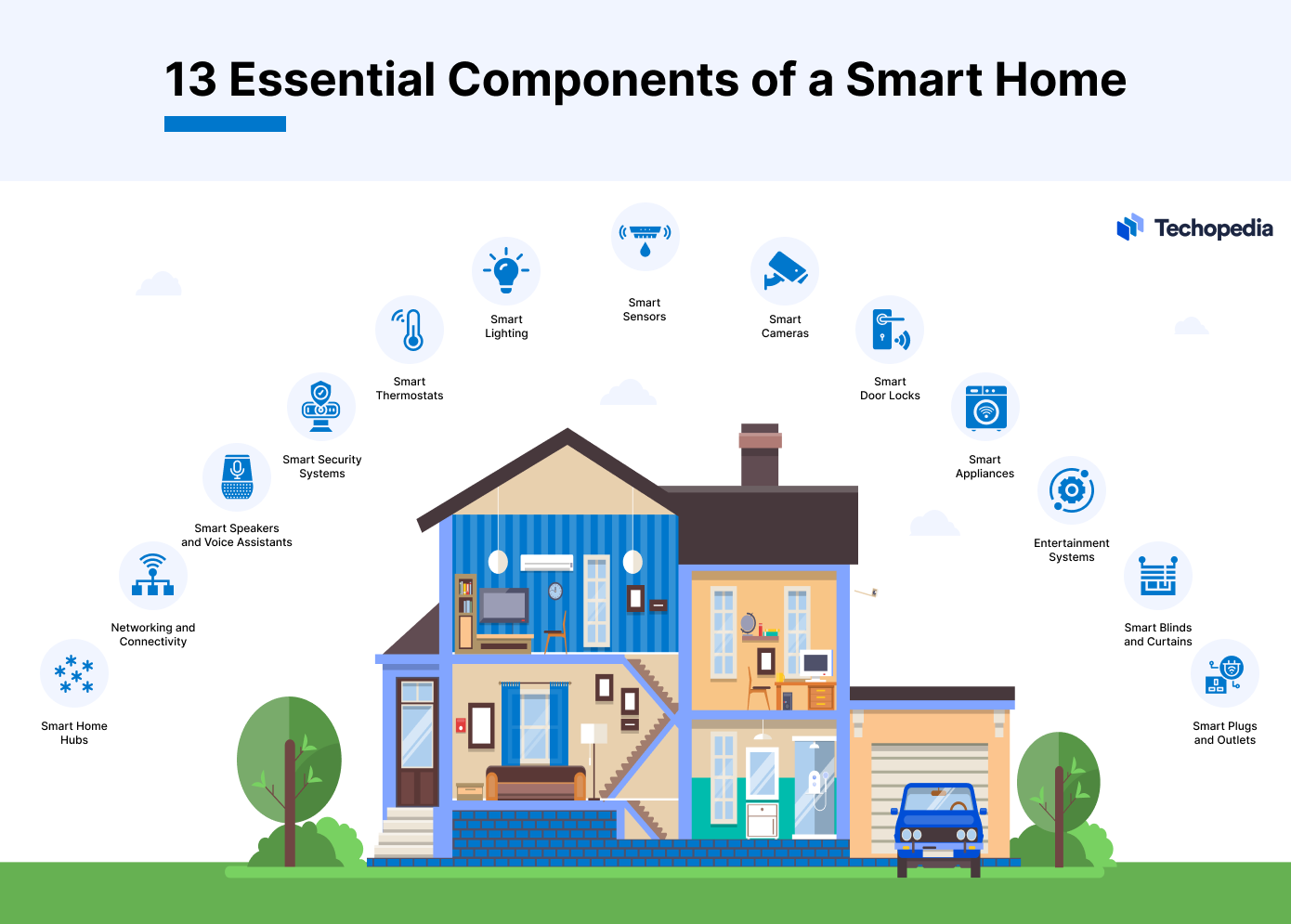
Smart Home Security Tips
The Khafanus Special Section: Deep Questions Answered
Why is IoT considered revolutionary?
IoT connects the physical and digital worlds, enabling devices to communicate and make intelligent decisions autonomously. This connectivity revolutionizes processes, enhances efficiency, and opens new avenues for innovation across all sectors.
What are the key factors of successful IoT adoption?
Successful adoption hinges on clear business objectives, robust security measures, interoperability, and scalability. Additionally, user acceptance and regulatory compliance are critical for sustainable growth.
What are the reasons IoT projects fail?
Common reasons include lack of clear goals, inadequate security, poor device integration, and insufficient stakeholder engagement. Overlooking data privacy concerns and underestimating operational complexity also contribute to failures.
Is there a practical guide to IoT implementation?
Yes. It starts with assessing needs, selecting appropriate technology, securing devices and networks, piloting solutions, and scaling with continuous monitoring and improvement.
How does IoT impact everyday users?
IoT enhances convenience, safety, and personalization in daily life—from smart appliances to health monitoring—empowering users with data-driven control over their environments.
How to secure an IoT system effectively?
Implement end-to-end encryption, multi-factor authentication, regular firmware updates, network segmentation, and continuous threat monitoring to safeguard devices and data.
Could you provide a list of top IoT applications today?
Certainly: Smart homes, wearable health devices, industrial automation, smart agriculture, connected vehicles, asset tracking, and smart city infrastructure.
What technologies underpin IoT systems?
Core technologies include sensors and actuators, wireless communication (Wi-Fi, 5G), edge and cloud computing, and artificial intelligence.
Where is IoT most impactful right now?
Industries like manufacturing, healthcare, agriculture, and urban infrastructure see the most immediate and transformative benefits.
When will IoT reach its full potential?
Experts predict IoT will mature over the next decade, with widespread adoption by 2030, driven by advances in connectivity, AI, and security.
Who are the key players driving IoT innovation?
Leading technology companies, startups, industry consortia, and governments all play pivotal roles in developing IoT hardware, software, standards, and policies.
Key Technologies Powering IoT
Sensors and Actuators
At the heart of IoT are sensors — devices that detect changes in the environment, such as temperature, motion, humidity, or light. These sensors gather raw data, which actuators then act upon, executing commands like turning on a light or adjusting machinery.
Connectivity Protocols and Networks
Reliable communication is essential for IoT. Common protocols include:
| Protocol | Range | Power Consumption | Typical Use Cases |
|---|---|---|---|
| Wi-Fi | ~100 meters | High | Smart homes, office networks |
| Zigbee | ~10-100 meters | Low | Home automation, sensors |
| LoRaWAN | Up to 15 km | Very low | Agriculture, smart cities |
| NB-IoT | Up to 10 km | Low | Asset tracking, utilities |
Table 1: Comparison of Popular IoT Communication Protocols
Cloud Computing and Edge Computing
Data from devices often flows to cloud servers for processing and storage, enabling centralized analysis and decision-making. However, latency-sensitive applications increasingly rely on edge computing, where data is processed locally on or near the device to reduce delays and bandwidth use.
Artificial Intelligence and Machine Learning
AI algorithms analyze massive IoT data streams, identifying patterns and making predictions. For example, machine learning models predict equipment failure in factories or optimize energy use in smart buildings, enabling intelligent automation.
Types of IoT
-
Consumer IoT: Smart homes, wearables, connected cars, and personal health monitors.
-
Industrial IoT (IIoT): Manufacturing automation, supply chain monitoring, and predictive maintenance.
-
Healthcare IoT: Remote patient monitoring, smart medical devices, and telemedicine platforms.
-
Smart Cities: Intelligent traffic systems, smart lighting, waste management, and public safety solutions.
-
Agriculture IoT: Precision farming, soil sensors, and automated irrigation systems.
Agriculture IoT: Precision Farming and Resource Efficiency
IoT sensors monitor soil moisture, temperature, and nutrient levels to optimize irrigation and fertilization. This precision farming increases crop yields while conserving water and fertilizers.
Table 2: Top 10 IoT Use Cases by Industry with Estimated Market Size (2024)
| Industry | Market Size (USD Billion) | Leading Use Case |
|---|---|---|
| Smart Homes | 40 | Energy management |
| Industrial IoT | 75 | Predictive maintenance |
| Healthcare | 50 | Remote patient monitoring |
| Agriculture | 20 | Soil and crop monitoring |
| Smart Cities | 35 | Traffic and energy control |
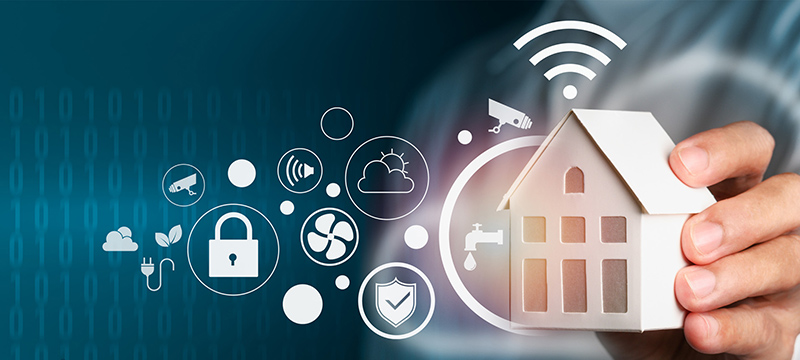
Easy Smart Home Setup
Economic Impact of IoT
| Sector | Estimated Global Economic Impact (USD Trillions) by 2030 |
|---|---|
| Manufacturing | 3.7 |
| Healthcare | 2.5 |
| Agriculture | 1.3 |
| Smart Cities | 1.0 |
| Retail | 0.8 |
Table 3: Projected Economic Impact of IoT Across Key Sectors
FAQ Section
What is IoT?
IoT is a network of interconnected devices that collect and exchange data to enable smart automation and improved decision-making.
How does IoT impact daily life?
From smart homes to wearable health devices, IoT increases convenience, safety, and efficiency.
Why is IoT security critical?
The large number of connected devices increases vulnerability to cyberattacks that can compromise data and safety.
Who are the leading IoT device manufacturers?
Companies like Cisco, IBM, Amazon, and Google lead the IoT device and platform market.


